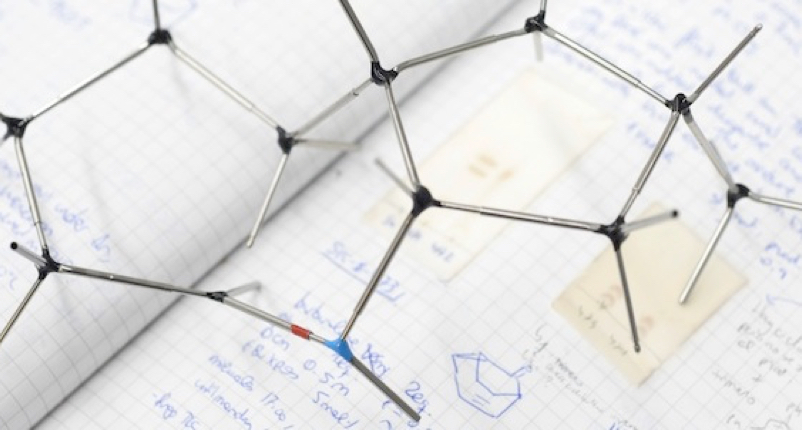Making the Most of 3D Electron Diffraction: Best Practices to Handle a New Tool
Along with the adoption of three-dimensional electron diffraction (3D ED/MicroED) as a mainstream tool for structure determination from sub-micron single crystals, questions about best practices regarding each step along the workflow, from data collection to structure solutions, arise. In this paper, we discuss three particular aspects of a 3D ED/MicroED experiment which, after hundreds of structures solved in Rigaku’s laboratories, we have found to be important to consider carefully. First, for a representative model system of a hydrated compound (trehalose dihydrate), we show that cryo-transfer of the sample into the diffractometer is an effective means to prevent dehydration, while cooling of the sample without cryo-transfer yields a marginal improvement only. Next, we demonstrate for a small (tyrosine) and a large (clarithromycin) organic compound, how a simplified and fast workflow for dynamical diffraction calculations can determine absolute crystal structures with high confidence. Finally, we discuss considerations and trade-offs for choosing an optimal effective crystal-to-detector distance; while a long distance is mandatory for a protein (thaumatin) example, even a small molecule with difficult diffraction behavior (cystine) yields superior results at longer distances than the one used by default.

Truong, KN; Ito, S; Wojciechowski, JM; Gob, CR; Schuermann, CJ; Yamano, A; Del Campo, M; Okunishi, E; Aoyama, Y; Mihira, T; Hosogi, N; Benet-Buchholz, J; Escudero-Adan, EC; White, FJ; Ferrara, JD; Bucker, R
Symmetry-Basel 2023, 15 (8), 1555
DOI:
10.3390/sym15081555

Let's create a brighter future
Join our team to work with renowned researchers, tackle groundbreaking
projects and contribute to meaningful scientific advancements


















